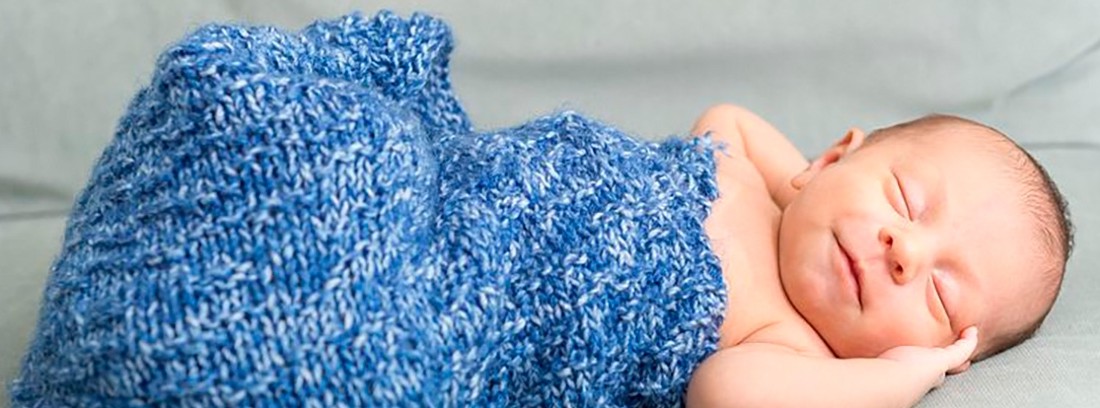Detect deafness in the baby

It is a problem that must be detected in time, as early as possible, in order to avoid one of the most serious consequences: the absence of language. With the new current protocols it is possible to detect deafness in the neonatal period. It is a simple and painless examination and allows an early diagnosis. The deaf child can appear to be a child with "normal" development until 18 or 24 months of age, being diagnosed as a delay in the development or acquisition of speech.
Diagnostic tests
There are two precise, simple and painless diagnostic tests. They are explorations that do not require the collaboration of the child, they detect the transmission of sound from the ear to the brain, diagnosing whether the ear's functioning is normal or defective.
Warning signs in the baby
It is important to observe the behavior of the newborn during the first months of life when faced with sound stimuli. In the first and second months, the child blinks, starts or wakes up to sudden or loud noises. The human voice, especially the mother's, is able to reassure him and make him adopt an attentive attitude. As it grows, between 3 and 5 months of life, it is able to direct attention, gaze, or head to the side from which a clear voice or sound is coming. From 6 to 9 months, he is able to search for the source of the voice or sound with interest, moving his head and body to observe it.
If the child does not meet the developmental milestones explained above, the possibility of having a hearing problem should be considered.
Whenever you have questions about your child's hearing, see your pediatrician or child ENT for evaluation.
Risk factors in the newborn that can cause deafness
What to do after the diagnosis
When a child is diagnosed with mild hearing loss, he is monitored by the parents and the pediatrician in routine check-ups. If the diagnosis is moderate hearing loss, the child should be stimulated at home and periodically monitored by the ENT.
If the deafness is severe, the child is monitored at 4 months of age and the baby is stimulated by specialists, always with the participation of the family.
The treatment is carried out in a multidisciplinary way, with the participation of ENT specialists, speech therapists, hearing care professionals, pediatricians, radiologists, geneticists, parents and deaf associations and the family itself.
Consists in:
Program for early diagnosis and treatment of deafness in children
Because you are a Mapfre insured, you have free access to this program at the specialized medical centers included in the MAPFRE Medical Guide.
-
Evoked Oto-Emissions Test: assesses the functioning of the inner ear when stimulated.
- Family history of childhood deafness.
- Intrauterine infections such as cytomegalovirus, rubella, syphilis, herpes, or toxoplasmosis.
- Head and neck malformations.
- Weight at birth less than 1,500 gr.
- Severe hyperbilirubinemia.
- Use of toxic substances during pregnancy.
- Bacterial meningitis.
- APGAR score of 0 to 4 per minute or 0 to 6 in five minutes.
- Mechanical ventilation for 5 or more days.
- Syndromes that present with sensorineural deafness.
- Early stimulation
- Speech therapy
- Hearing aid treatment
- One of the most important sequelae is the absence of language, so it is convenient to detect it in time.
- Whenever there are doubts about the child's hearing, it is essential to go to the pediatrician or child ENT for evaluation.
- Most health companies have a Pediatric Orientation service and some have a specific program for Early Diagnosis and Treatment of Childhood Deafness.
(Updated at Apr 14 / 2024)